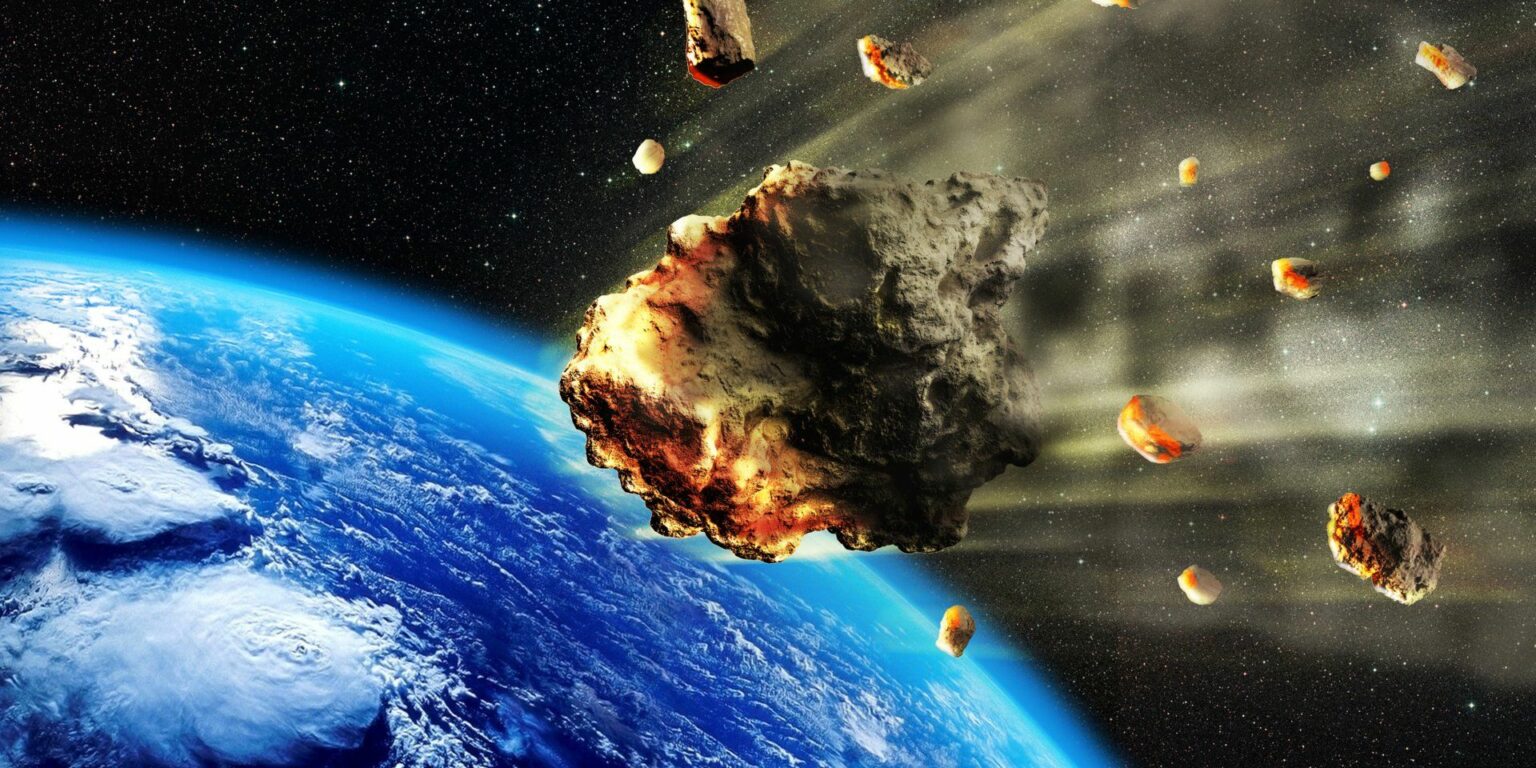For the first time, all four main components of DNA – the basis of living beings – were discovered in meteorites from space. This discovery suggests that the key ingredients of life could be brought to Earth by ancient extraterrestrial objects.

DNA is a helical structure consisting of so-called “nucleobases” — the compounds of adenine, guanine, cytosine and thymine. Their combinations are arranged in a certain sequence, in which the source code for life on Earth, including humanity, is stored. Adenine and guanine were discovered in meteorites about 50 years ago. But the presence of cytosine and thymine in extraterrestrial objects remained elusive. The researchers guessed that these compounds could also exist in the primary interstellar dust that gave rise to our Solar System about 4.6 billion years ago, but it was not possible to prove this in practice for a long time.
Sensational discovery
Now scientists led by Yasuhiro Oba, a professor at Hokkaido University, have finally discovered traces of cytosine and thymine in three carbon-rich meteorites. This discovery is described in a published article in the journal Nature Communications.
Two recently discovered nitrogenous bases belong to a group called pyrimidines, while adenine and guanine belong to the purine category. In addition to finding the remaining compounds inside the DNA, Oba and his colleagues also found traces of another pyrimidine called uracil, which is used by RNA, a simpler sister DNA molecule, instead of thymine. Although uracil has been identified in meteorites before, the discovery of all three pyrimidines in space rocks sheds new light on the mysterious rarity of these nitrogenous bases in meteorites compared to purines adenine and guanine.
“This study demonstrates that a variety of meteoric nitrogenous bases could have served as the building blocks of DNA and RNA in the early stages of the formation of the Earth,” says Yasuhiro Oba.
Journey of the “bricks of life” between the worlds
The team achieved this breakout by analyzing samples of the Murchison, Murray and Tagish Lake meteorites that fell in Australia, Oklahoma and British Columbia, respectively. Other key ingredients for life were also found in them: proteins, nitrogen, water and other organic compounds.
Thus, the discovery provides the basis for confirming the theory that the seeds of life on our planet were sown by meteorites in the early stages of the formation of the Earth. It is even possible that nascent life forms could have been transferred between worlds such as Earth and Mars through a process known as panspermia, in which organisms are able to survive by traveling through space on meteorites ejected by impacts with other space rocks.
According to VICE
Follow us on Twitter to get the most interesting space news in time
https://twitter.com/ust_magazine
